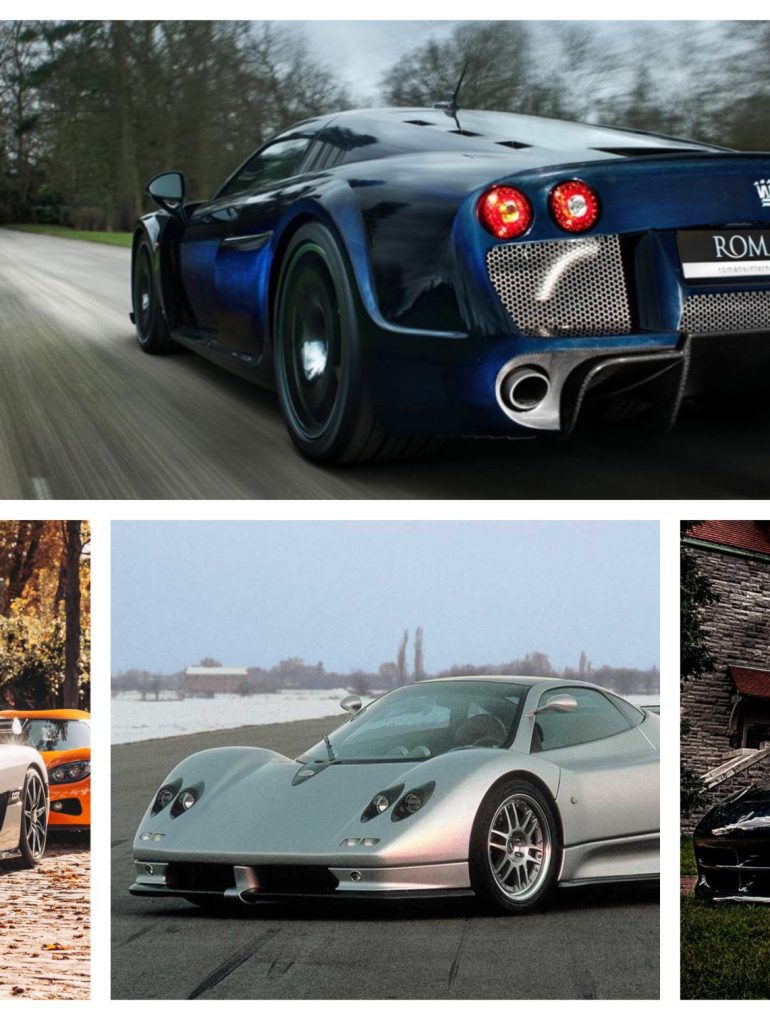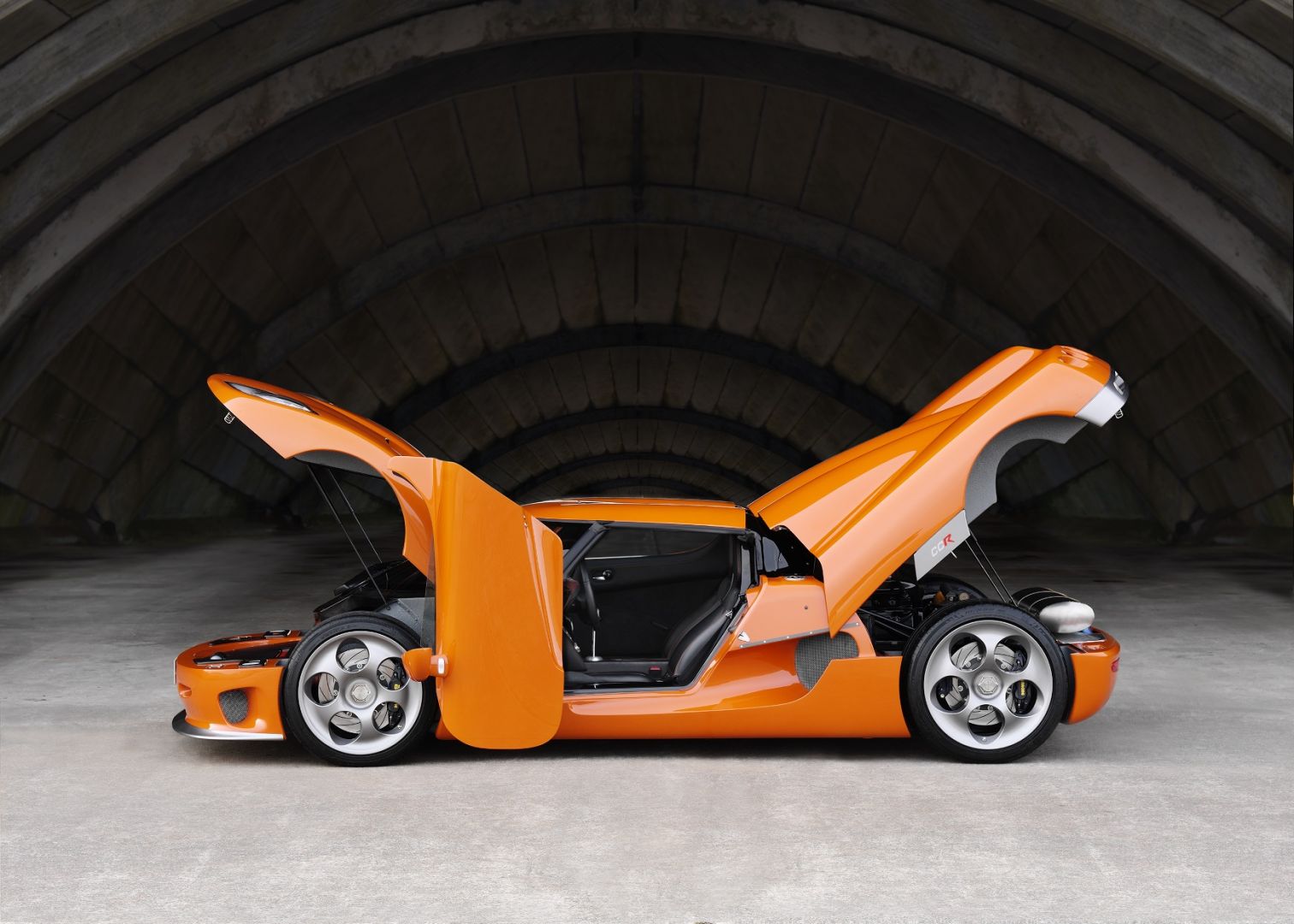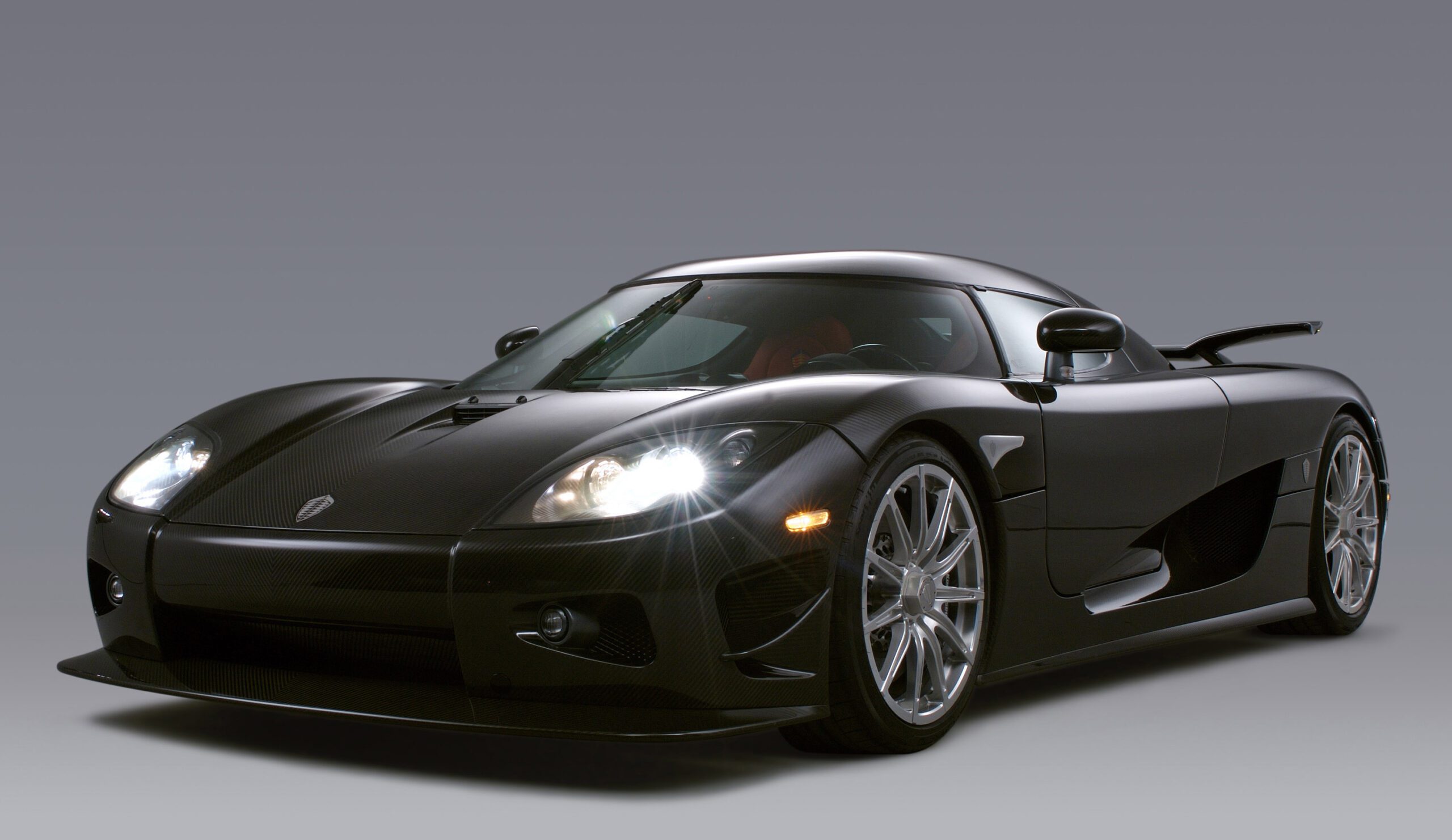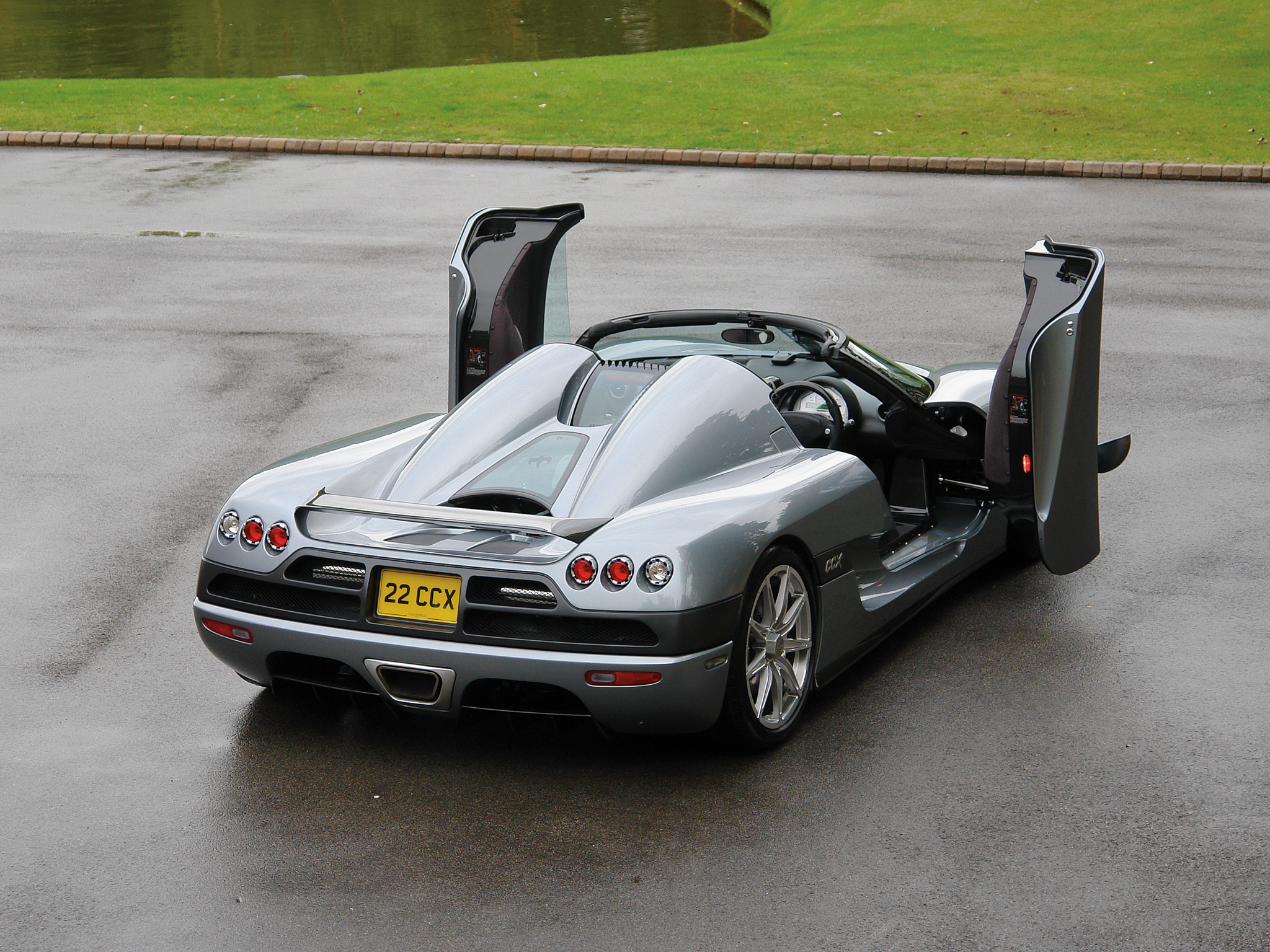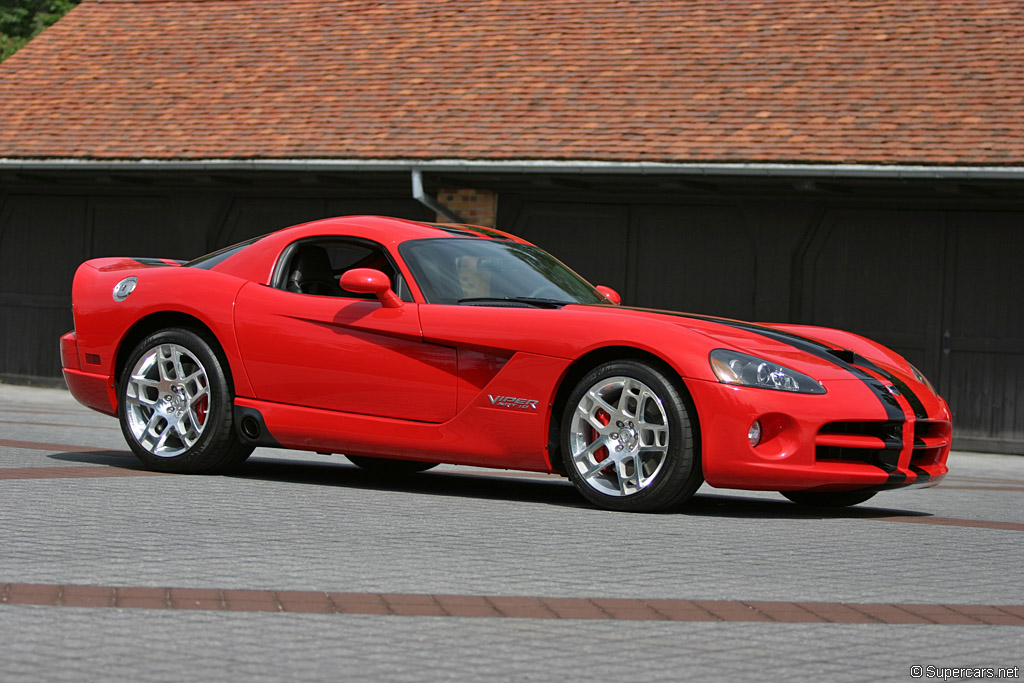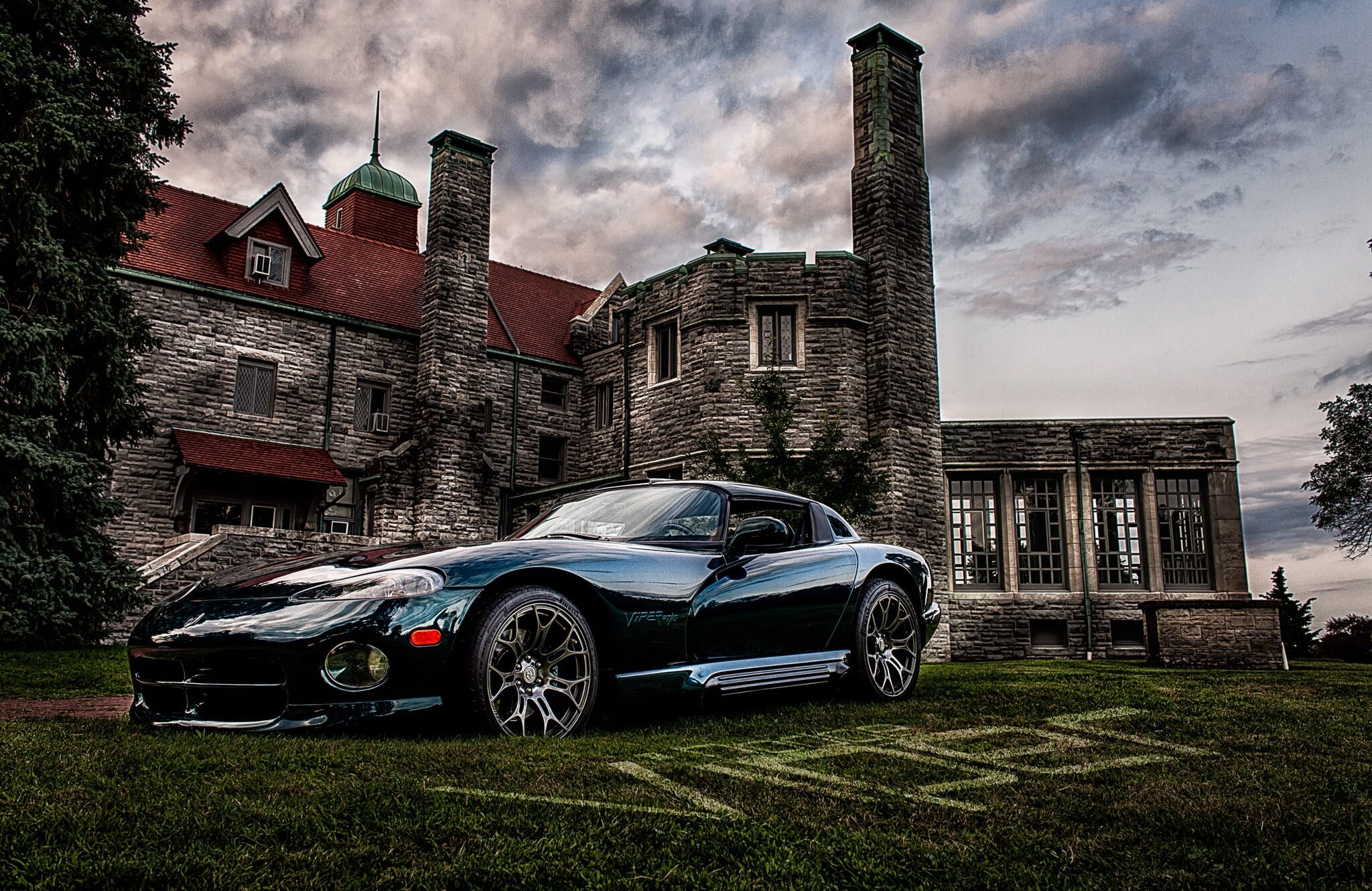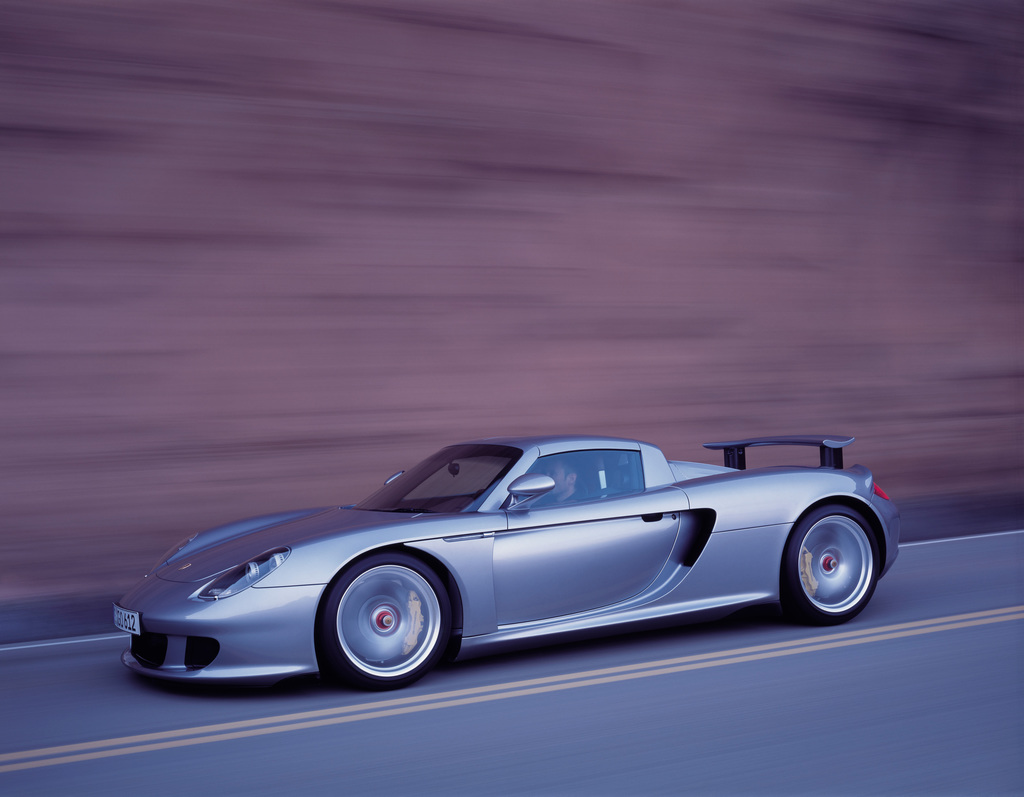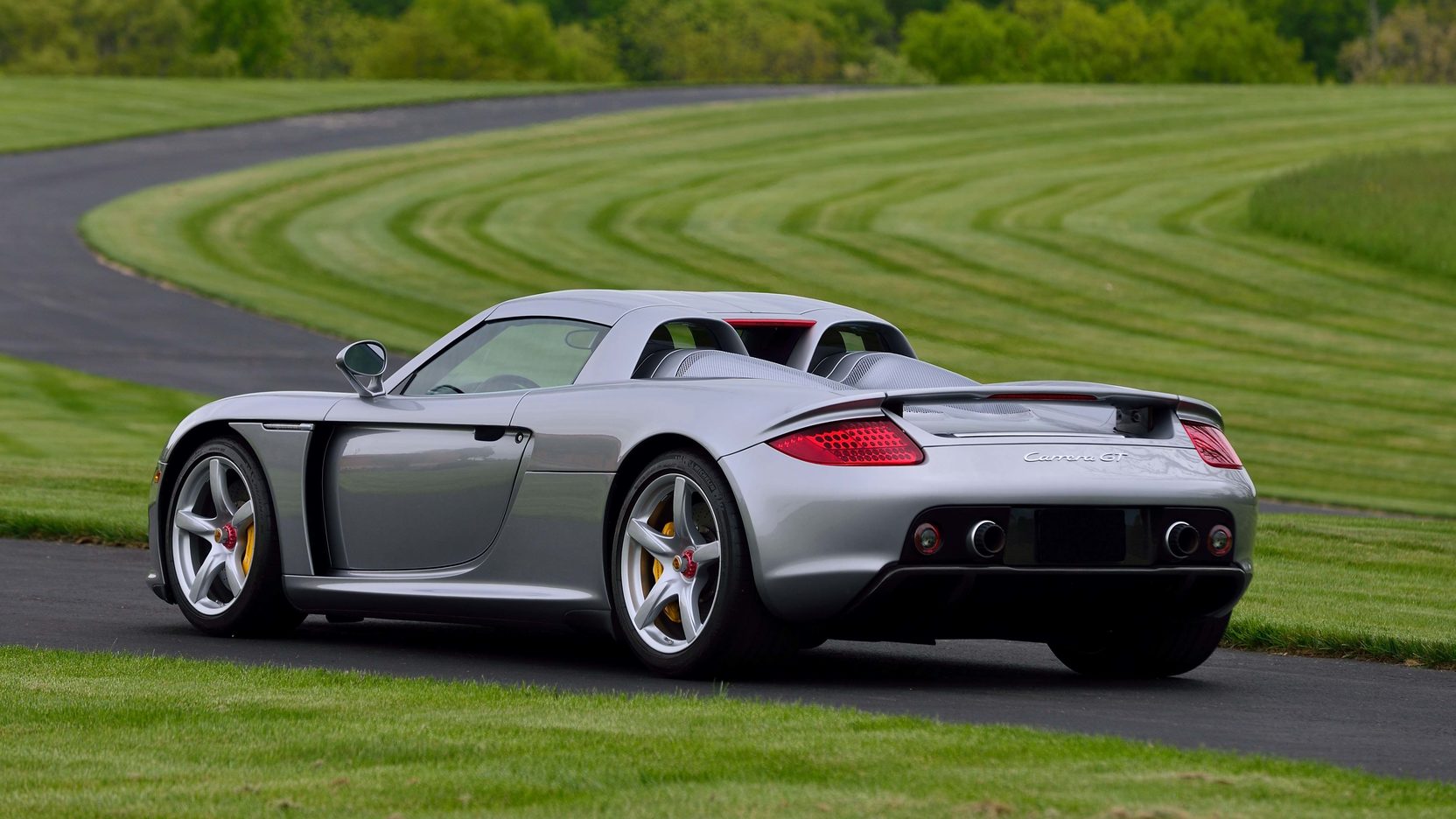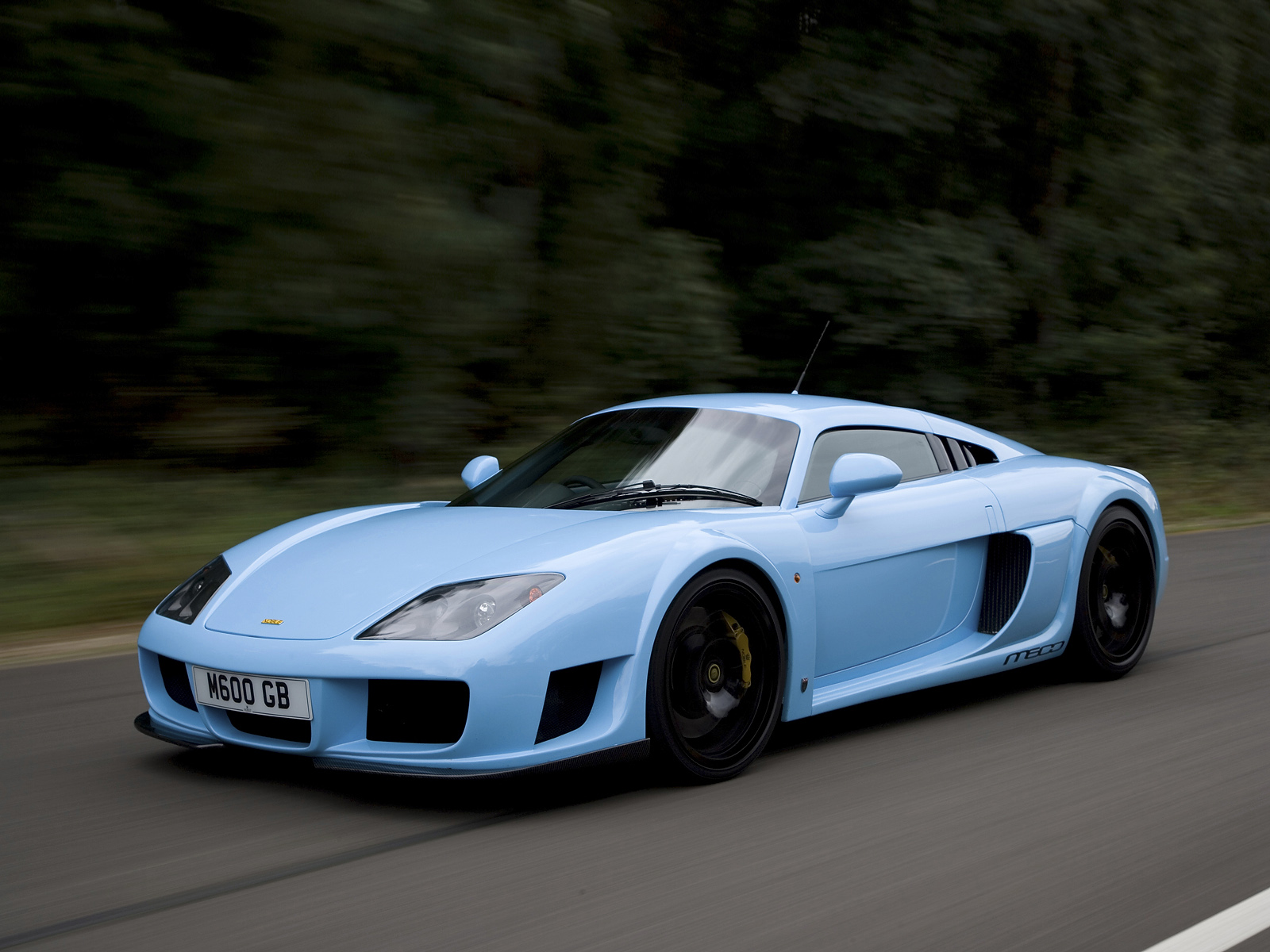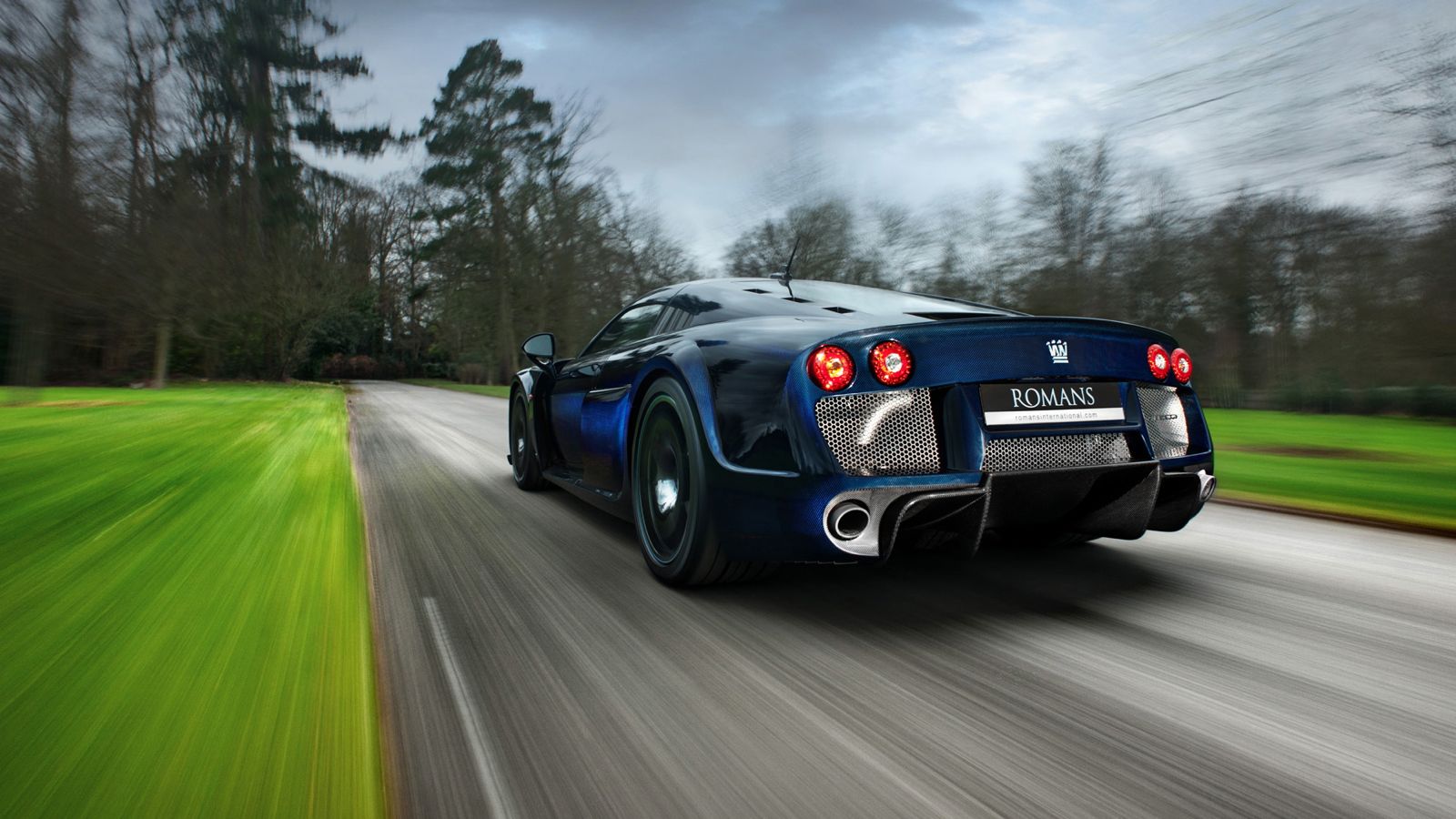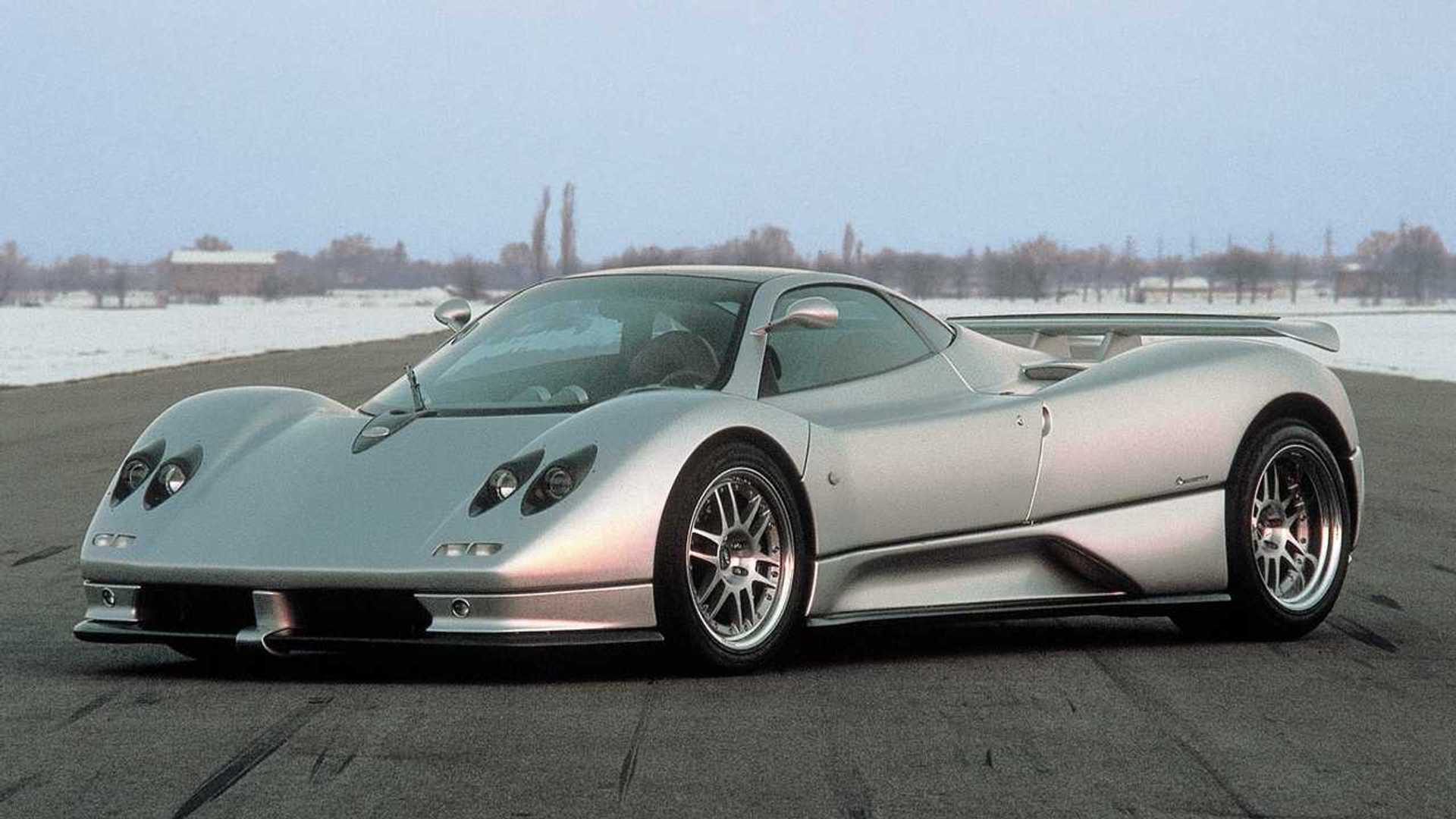Supercars represent the pinnacle of automotive engineering, combining blistering speed, cutting-edge technology, and breathtaking design. However, while these machines are engineered for performance, their immense power and demanding handling can make them treacherous for even the most skilled drivers.
Not only do supercars increase the risk of a deadly accident, but car accident claim attorneys such as the Doan Law firm say that driver error is the number one cause of vehicle collisions, Driver factors such as speeding and reckless or aggressive driving habits are common causes of crashes which are especially prevalent in high-performance supercars.
Some supercars have earned a reputation not just for their speed, but for their potential to be dangerously unforgiving, whether it’s due to unpredictable turbo lag, a lack of modern safety features, or simply raw, unfiltered power. These vehicles serve as a reminder that mastering a supercar often requires more than just a heavy foot on the accelerator.
Koenigsegg CCR and CCX
Credit: Koenigsegg
The Koenigsegg CCR was an earlier model in the Koenigsegg lineup and is considered a challenging car to drive, particularly because of its extreme performance capabilities and the difficulty it posed to drivers. Introduced in 2004, it was one of the fastest production cars in the world at the time, with a top speed of over 240 mph. All of this was powered by a 4.7 liter twin-turbocharged V8 putting out 806 horsepower and 679 lb-ft of torque.
Its “successor”, the Koenigsegg CCX, is in many ways a completely different car when it debuted in 2006, but also boasts an incredible top speed and acceleration thanks to its 806-horsepower twin-supercharged V8 engine.
Even Top Gear’s Ben Collins (AKA “Stig”) shared his thoughts on this high-performance ride, famously losing control of the car during a test drive and crashing it into a tire wall. This mishap highlighted the car’s challenging handling, especially at high speeds.
One particular critique of the CCX is that it was designed to cut air speed to reach top speed records, but without a rear wing, it lacked sufficient downforce to keep the car glued to the road. Following the crash, Koenigsegg added a rear wing, but it remains a challenging supercar to drive.
Dodge Viper
The Dodge Viper is one of the most iconic American sports cars, with a no-nonsense approach as a raw-performance road machine. The Viper is powered by a massive V10 engine, which started off with an 8.0L displacement engine that eventually grew to 8.4L in subsequent models. This allows the engine to produce a tremendous amount of power (400+hp easily). The V10 also had a very high torque output which made it a rocketship off the line, but it was extremely difficult to control.
One of the Viper’s most distinctive features is its raw power and lack of electronic driver aids. Earlier models lacked traction control, stability control, or ABS. Even in future models, Dodge prioritized a pure driving experience over technological assistance, making this a particularly challenging car for inexperienced drivers. The wide body and low center of gravity gave it excellent grip in corners, but the car could also be prone to oversteering. This tendency caught many drivers off guard, leading to high-speed crashes.
Porsche Carrera GT
The Porsche Carrera GT is a legendary supercar with a revered and infamous history. Gorgeously designed, the naturally aspirated 5.7-liter V10 engine delivers an astonishing 605 horsepower and 435 lb-ft of torque. Not only is it incredibly powerful, its lightweight, carbon-fiber construction and mid-engine layout contribute to its challenging driving dynamics, making it a dangerous car in the hands of an inexperienced driver.
Most infamously, it was the car in which actor Paul Walker and his friend Roger Rodas lost their lives in a high-speed crash. The Carrera GT’s lack of modern electronic stability control and a tendency for oversteering make it a car that demands respect and skill.
With a high power-to-weight ratio combined with sensitive handling and a lack of safety features such as traction control, this supercar is a difficult one for even experienced drivers.
Noble M600
The Noble M600 is a lesser-known British supercar that stands out for its pure, unfiltered driving experience. Debuting in 2010 by Noble Automotive, it focused on raw performance and driver involvement.
Much like the other cars on this list, the M600 was designed with no traction control or electronic stability aids, which places all responsibility on the driver to bring their driving experience to bear. Powered by a twin-turbocharged V8 engine producing up to 650 horsepower, it featured a unique power control setting that allowed the driver to adjust power output.
Despite the raw power delivered by this supercar, the M600’s spartan approach made it difficult for enthused, yet inexperienced, purists to make minor misjudgments which frequently lead to serious consequences. Thankfully, high-profile crashes are limited with this car but it retains a reputation for being a dangerous vehicle within the automotive community.
It has gotten accolades from automotive journalists such as Jeremy Clarkson, owing to its stunning design and powerful performance specs, but gearheads might want to avoid this one unless they’re really confident in their abilities.
Pagani Zonda
Credit: Motor1
The Pagani Zonda is an automotive masterpiece, celebrated for its exquisite craftsmanship, and distinctive design. Introduced in 1999 as Paganio’s first-ever car, it was a groundbreaking achievement at the time with one of the most unique designs ever seen in an exotic.
Powered by various AMG V12 engines, these naturally aspirated engines produced upwards of 760 horsepower, blasting the Zonda from 0 to 60 mph in as quick as 2.6 seconds. Unsurprisingly, it had a crazy price tag of $325,000 with used models fetching over 3 million dollars today.
As it was Pagani’s first car, design elements left much to be deserved with challenging handling characteristics such as snap oversteering and unpredictable understeer. True to Pagani’s philosophy of delivering an unfiltered driving experience, the Zonda was built with minimal electronic aids. Experienced F1 champions such as Lewis Hamilton have commented on the Zonda, calling it one of the “worst-handling vehicles he’d ever driven.”
The Pagani Zonda’s legacy is that of a hypercar that pushed the boundaries of what a road car could be. The same qualities that make the Zonda a breakthrough on the racetrack have also made it treacherous on public roads.


